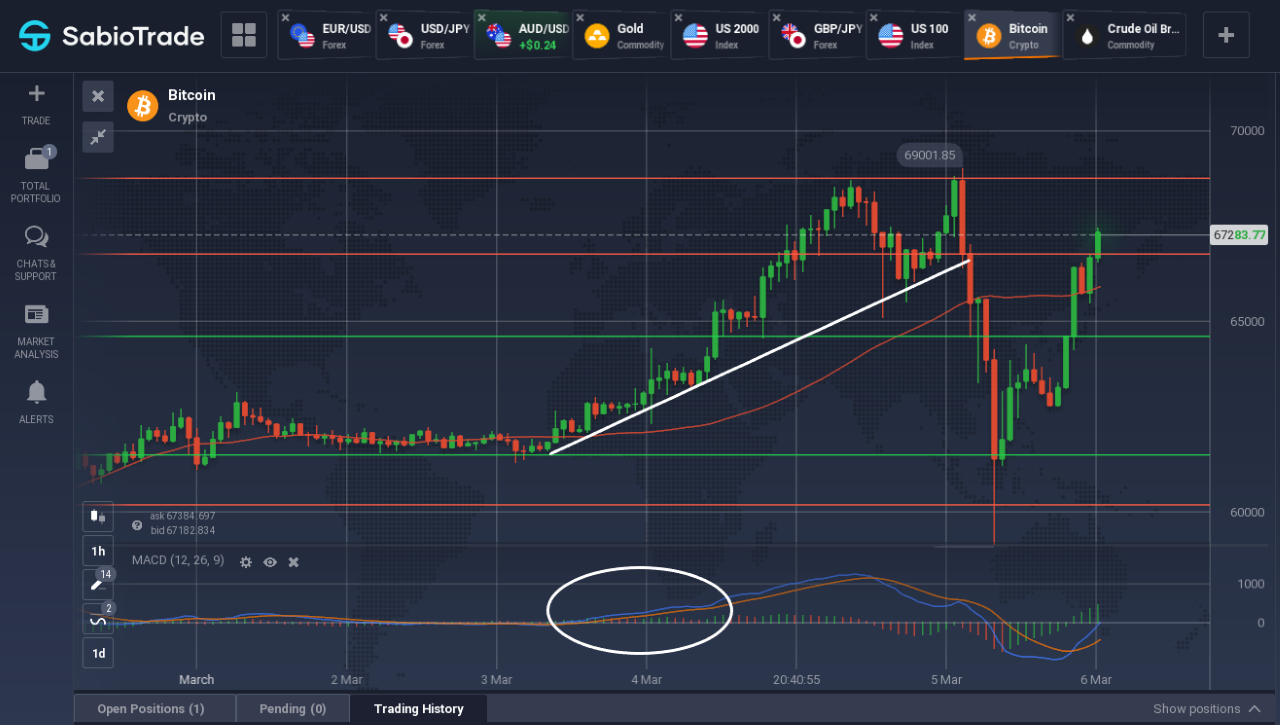Let's discover together, in this dedicated article, 5 different strategies to implement to be successful in proprietary trading
Proprietary trading firms offer traders a compelling way to leverage capital and access a wide range of financial instruments. Success in this competitive landscape requires more than just a keen market sense; needs a solid foundation of strategies that can navigate through market volatilities and capitalize on opportunities. We highlight five essential strategies for traders looking to achieve solid results with funded trading.
Introduction to trading strategies
In the realm of proprietary trading, where traders use the company's capital to trade, adopting effective strategies is critical to maximizing profits and minimizing losses. These strategies range from technical and fundamental analysis to risk management and understanding market psychology.
Technical analysis and its role in trading
Technical analysis involves studying historical price action and trading volumes to predict future price movements. By identifying patterns such as heads and shoulders, double tops and bottoms, and trends, and using indicators such as moving averages (MA), Relative Strength Index (RSI) and Bollinger Bands, traders can make informed decisions on entry and exit points. This analytical approach, which also includes examining support/resistance levels and Fibonacci retracements, is critical for traders looking to align with market momentum or capitalize on trend reversals. Through the use of these tools, traders aim to optimize their trading strategies by more accurately predicting potential market directions.
Fundamental analysis: how to use it for proprietary trading
Fundamental analysis evaluates economic indicators, industry conditions, and financial factors to gauge a security's intrinsic value. For proprietary traders, this means dissecting press releases, economic data such as GDP growth rates, unemployment figures and inflation rates, and industry performance to identify undervalued or overvalued trading opportunities. For example, an interest rate hike by the Federal Reserve could signal a strengthening economy, potentially benefiting the financial sector but weighing on high-debt industries such as utilities and real estate. Another example is analyzing the earnings reports and profit margins of companies within a specific industry to evaluate their health and growth potential. Incorporating fundamental analysis, including monitoring geopolitical events or changes in commodity prices that can significantly affect certain market sectors, allows traders to position themselves advantageously ahead of market movements triggered by economic events. This holistic view allows proprietary traders to make more informed decisions by considering how broader economic conditions influence market trends and asset valuations.
Risk management and trading psychology
The backbone of successful trading lies in effective risk management and a solid understanding of trading psychology. Setting stop-loss orders, managing leverage, and not overextending yourself on a single trade are critical practices. Equally important is the psychological aspect: maintaining discipline, managing emotions and remaining objective. Successful traders understand that psychological resilience is key to navigating the ups and downs of the trading markets.
Example of a successful trade using these strategies


Bitcoin Daily Chart
Fundamental Analysis
It can be seen that the news that the SEC has approved a Bitcoin ETF has significantly increased investor interest in the first cryptocurrency. This event influenced his growth.
Technical Analysis
The chart shows that the MACD indicator, being in the positive zone, indicates a possible continuation of growth. Clear identification of support and resistance levels, as well as the trend line, helped determine the entry point into the market.
To learn more about how proprietary trading firms work and the successful strategies they employ, consider exploring SabioTrade, where you can find insights into how to obtain funding and navigate the proprietary trading landscape.
Conclusion
Proprietary trading presents a unique set of opportunities and challenges. By mastering these five strategies – technical analysis, fundamental analysis, risk management, trading psychology, and leveraging examples of successful trades – traders can significantly improve their prospects for success. Each strategy plays a critical role in creating a comprehensive approach to trading that is essential to thriving in the dynamic proprietary trading environment. For those looking to embark on or perfect their trading journey, understanding and applying these strategies is a step towards achieving trading excellence with funded trading.
















Leave a Reply
View Comments